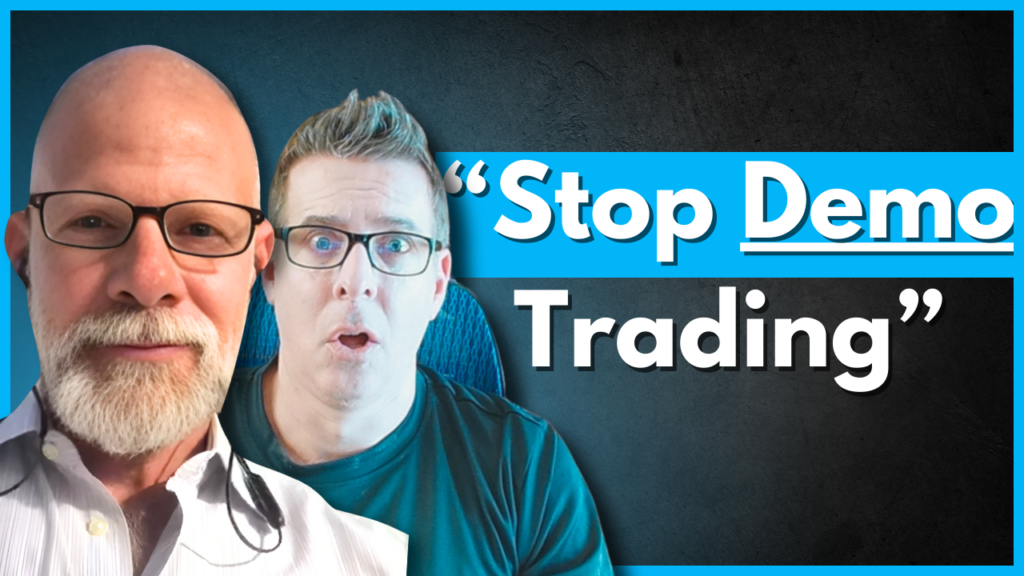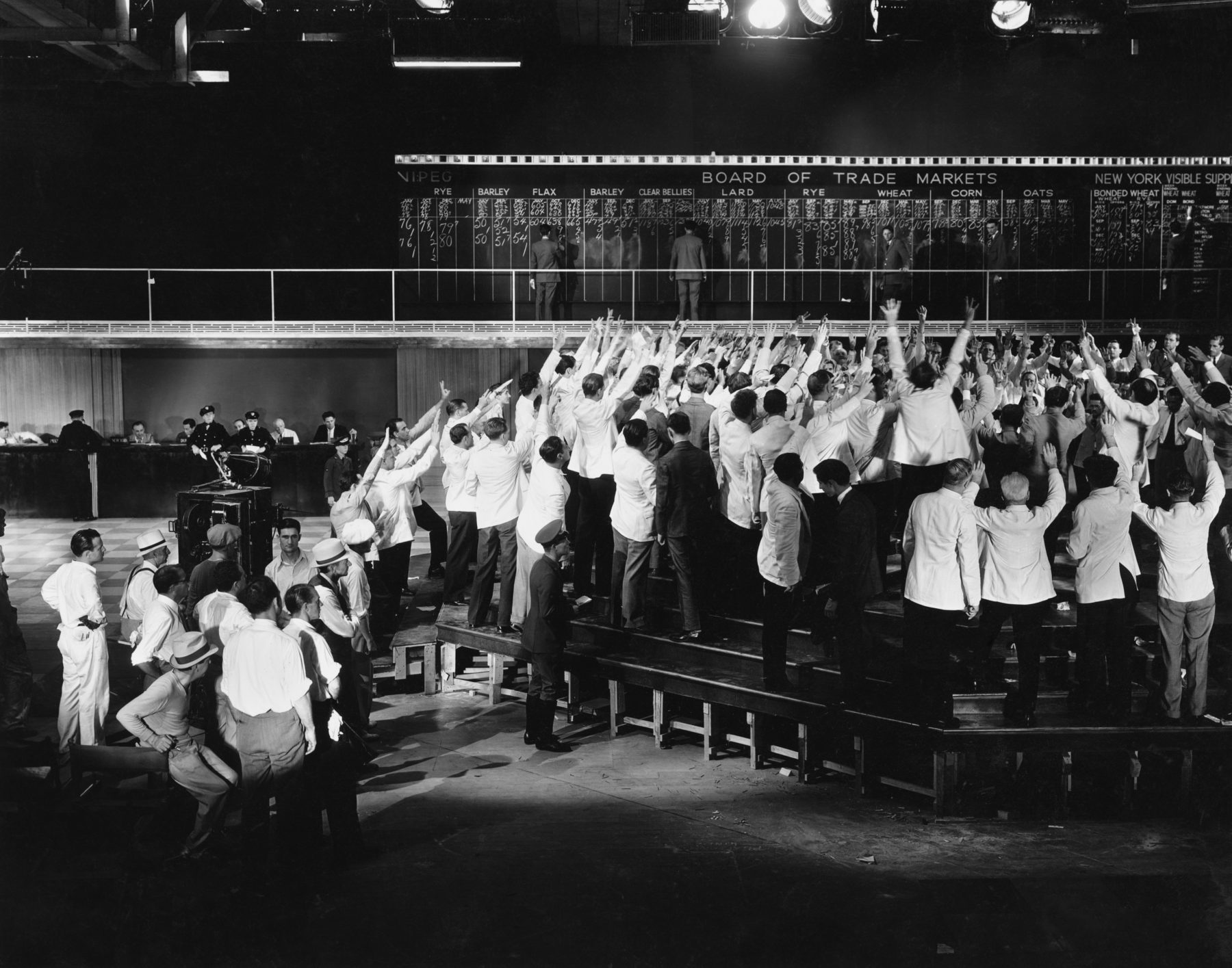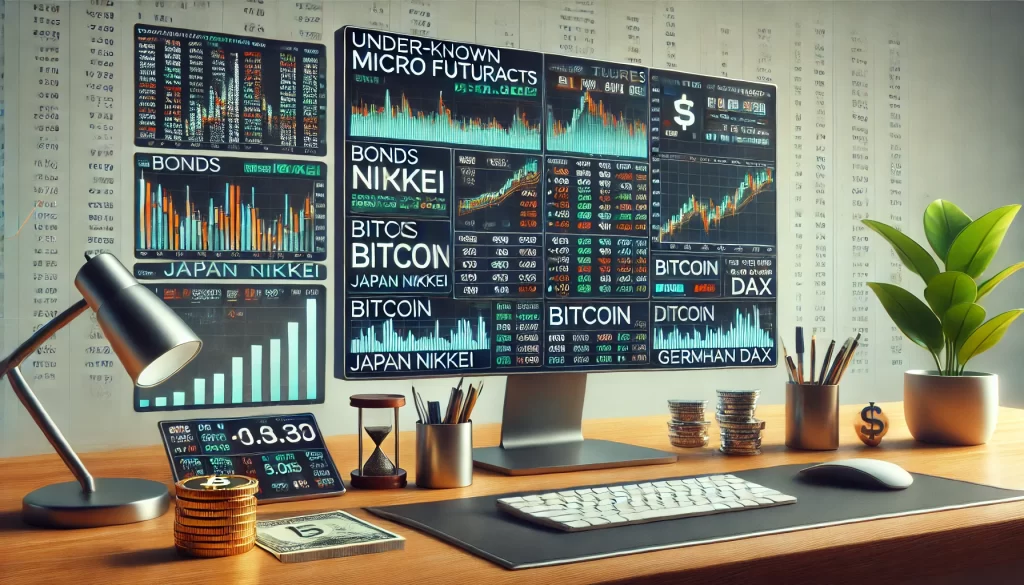
In the wake of recent turbulence in the prop trading industry, it’s refreshing to sit down with Erik Schmitz, CEO of NexGen Futures. His firm is carving out a unique path in the world of futures prop trading by offering a model designed to prepare traders for live market success. Erik brings decades of Wall Street experience and a forward-thinking approach to the prop trading landscape.
A Veteran’s Perspective on Trading
Erik’s career spans nearly three decades at firms like Bear Stearns, Credit Suisse, and Citadel. His journey began in 1993 with a passion for markets sparked by classics like Trading Places and Wall Street. That same enthusiasm now fuels his vision for NexGen Futures: to create a bridge for traders to transition from simulated environments to the “jungle” of live markets.
“The sim world is the zoo, and the live market is the jungle,” Erik remarked, emphasizing NexGen’s goal of preparing traders for the realities of live trading.
A New Approach to Funded Accounts
NexGen Futures offers two main account types:
- Instant Funded Accounts (IFA): Designed for disciplined traders who can demonstrate consistent performance. Traders can earn payouts within their first 10 days and transition to live trading with a proven track record.
- Audition to Live (ATL): A two-stage evaluation process that allows traders to showcase their style without strict consistency requirements, making it ideal for those refining their strategies.
Since launching IFAs a month ago, NexGen has already paid out over $50,000, with many traders advancing to live accounts. Erik attributes this to a focus on realistic trading practices, such as limiting account copies and avoiding inflated leverage that doesn’t reflect live market conditions.
Keeping It Real: Avoiding Sim Gaming
NexGen is committed to aligning its model with real-world trading dynamics. Erik was candid about the issues with excessive account copying and gaming in the sim trading world.
“We’re not interested in traders who treat this like a video game,” Erik stated. “Our systems catch these behaviors immediately. We’re here for traders serious about honing their craft and progressing to live markets.”
This philosophy extends to NexGen’s decision to limit IFAs to three accounts per trader and introduce and soon a 1.75% daily stop-loss rule based on notional account value. These measures ensure traders develop sustainable risk management practices.
Tools of the Trade
NexGen’s platform lineup includes their proprietary Project X, a white-label version of TopStep’s technology. While the system is a closed environment, it has received positive feedback for its reliability. The firm also supports Rhythmic for traders in the ATL program, with plans to expand platform options as the company grows.
Erik acknowledged the importance of choice but stressed the need to focus on tools that reflect real trading rather than enabling unrealistic practices like multi-firm account copying.
Education and Trader Development
While NexGen doesn’t currently offer formal education programs, Erik’s team engages traders in one-on-one discussions to review performance and provide guidance. This hands-on approach mirrors the mentoring traders might receive at top proprietary trading firms.
“We’re looking for traders with a genuine desire to learn and a game plan,” Erik said. “Our goal is to help them refine their edge, not change their style.”
For those seeking more structured guidance, Erik recommends resources like TradersDevGROUP, emphasizing the importance of learning risk management and trading discipline before scaling up.
Looking Ahead
As the prop trading industry evolves, NexGen is positioning itself as a firm that prioritizes trader growth and alignment with live markets. Erik anticipates increased regulatory scrutiny following recent industry failures but sees this as an opportunity for firms like NexGen to stand out by emphasizing transparency and professionalism.
“Our focus has always been on getting traders closer to real trading,” Erik concluded. “If you’re serious about the craft, we’re here to support you.”
Commodity Futures Trading Commission. Futures and Options trading has large potential rewards, but also large potential risk. You must be aware of the risks and be willing to accept them in order to invest in the futures and options markets. Don’t trade with money you can’t afford to lose. This is neither a solicitation nor an offer to Buy/Sell futures or options. No representation is being made that any account will or is likely to achieve profits or losses similar to those discussed on this web site. The past performance of any trading system or methodology is not necessarily indicative of future results.
CFTC RULE 4.41 – HYPOTHETICAL OR SIMULATED PERFORMANCE RESULTS HAVE CERTAIN LIMITATIONS. UNLIKE AN ACTUAL PERFORMANCE RECORD, SIMULATED RESULTS DO NOT REPRESENT ACTUAL TRADING. ALSO, SINCE THE TRADES HAVE NOT BEEN EXECUTED, THE RESULTS MAY HAVE UNDER-OR-OVER COMPENSATED FOR THE IMPACT, IF ANY, OF CERTAIN MARKET FACTORS, SUCH AS LACK OF LIQUIDITY. SIMULATED TRADING PROGRAMS IN GENERAL ARE ALSO SUBJECT TO THE FACT THAT THEY ARE DESIGNED WITH THE BENEFIT OF HINDSIGHT. NO REPRESENTATION IS BEING MADE THAT ANY ACCOUNT WILL OR IS LIKELY TO ACHIEVE PROFIT OR LOSSES SIMILAR TO THOSE SHOWN.



